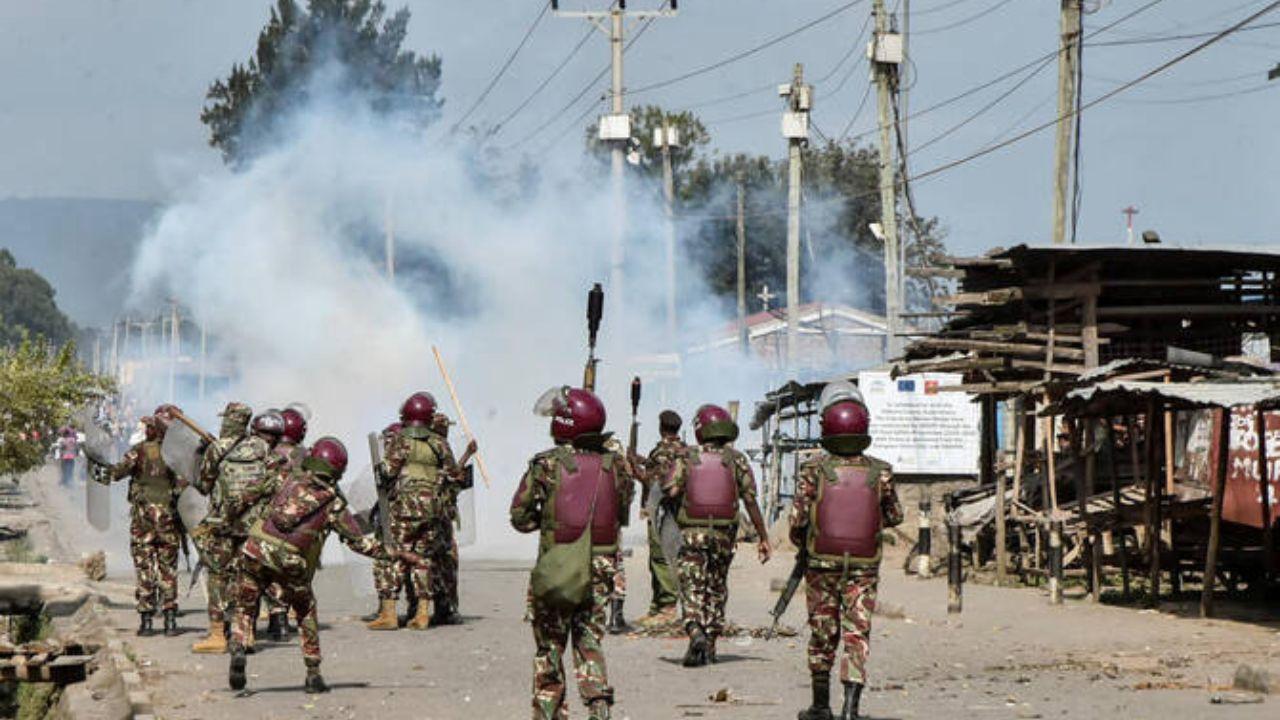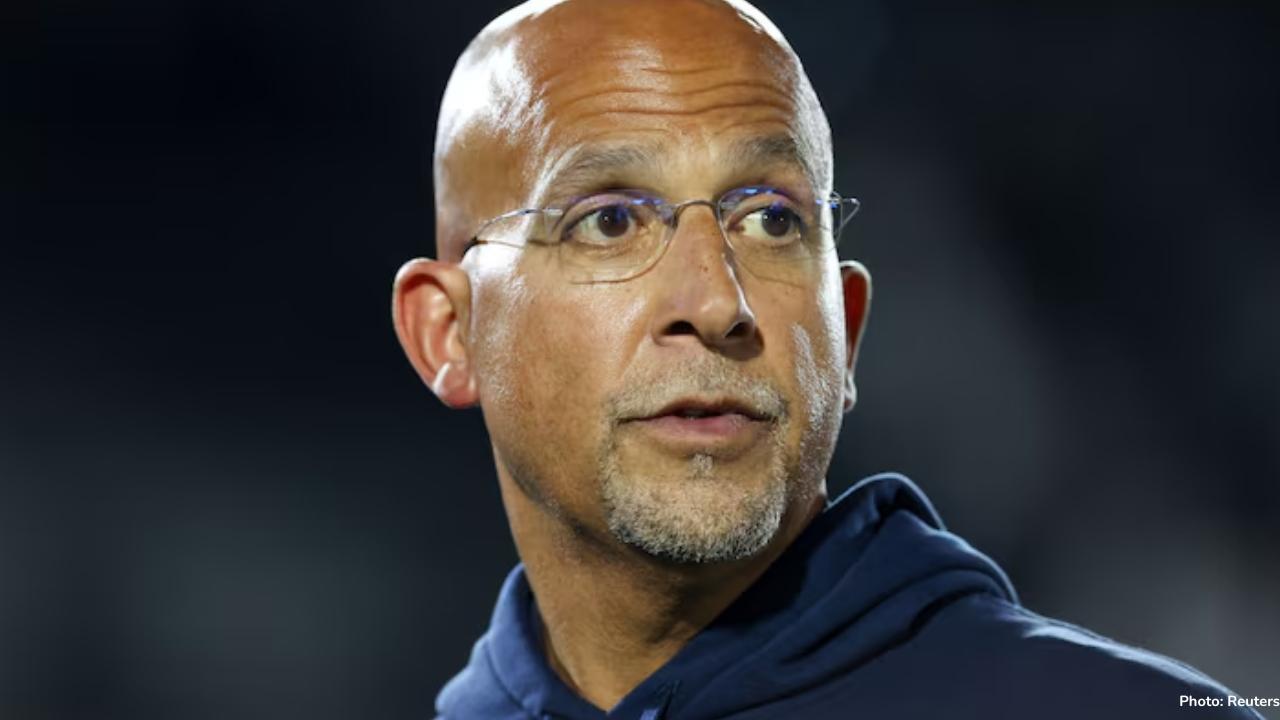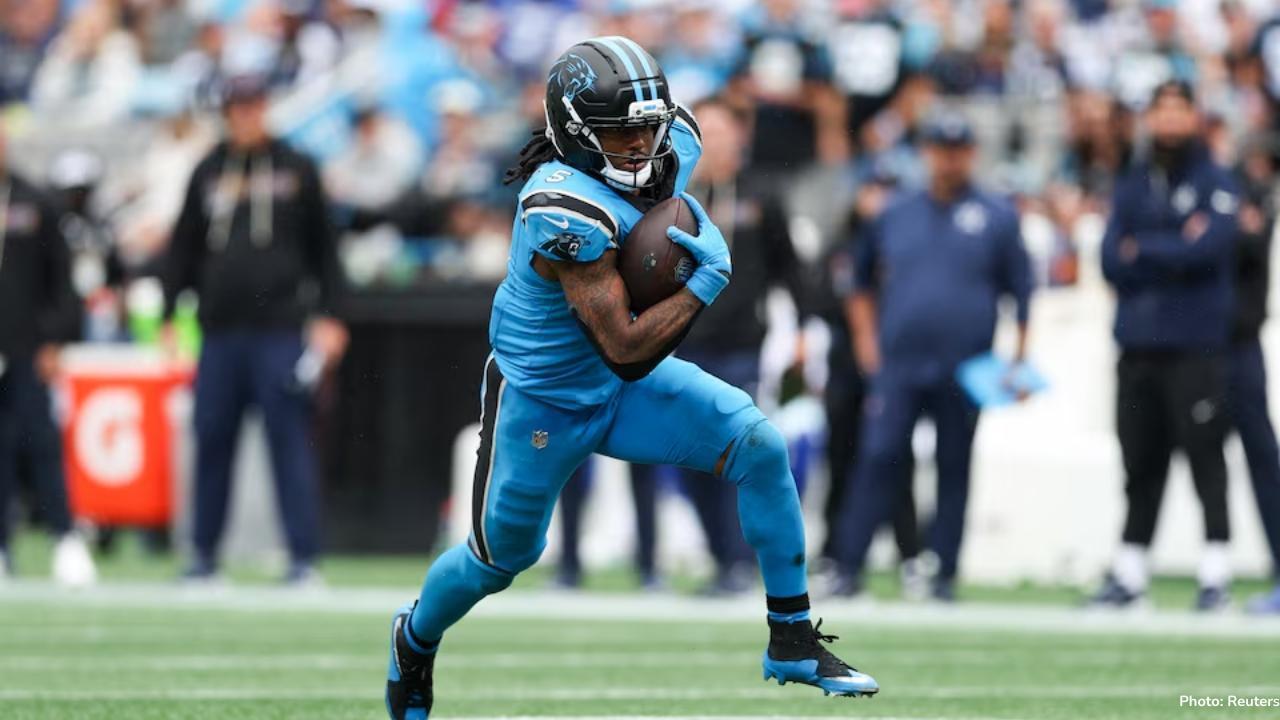
Post by : Priya
Photo:Reuters
In recent weeks, the streets of Kenya have seen large crowds of angry citizens. Demonstrators, mostly young people, have been marching in cities across the country, demanding changes from the government. While their protests began with complaints about high taxes and poor living conditions, the situation has grown more serious. Kenya's President William Ruto now claims that these protests are part of a plot to remove his government. He has warned the public that any attempt to “overthrow” a democratically elected leadership through violence will be stopped.
This editorial aims to examine the causes behind the unrest, the government's response, the growing anger of the youth, and what lies ahead for one of Africa’s most important nations. We will look at the facts, the opinions, and the possible solutions, all in simple, clear language that every reader can understand.
Background: Kenya's Political Landscape
Kenya is a key country in East Africa, known for its political influence, economic power, and vibrant democracy. It gained independence from British colonial rule in 1963 and has since had several leaders, some of whom were accused of mismanagement, corruption, and poor governance. But it has also built a strong constitution, held competitive elections, and maintained a largely peaceful democratic system.
President William Ruto was elected in 2022 after a hotly contested election. He campaigned on promises of economic reform, job creation, and lifting millions of Kenyans out of poverty. However, three years into his term, his government is now facing serious public anger.
The Trigger: New Finance Bill and Tax Hikes
At the heart of the protests is a new finance bill passed by the Ruto administration. This bill introduced several new taxes, including:
These new measures have made life harder for ordinary citizens. Fuel prices have risen, transport costs have gone up, and food is more expensive. For a country where millions of people live on less than $5 a day, this was the breaking point.
Youth groups and civil society organizations began calling for peaceful protests through social media. What began as scattered demonstrations quickly grew into a nationwide movement.
The Streets Speak: Youth-Led Protests Gain Strength
The protests have been mostly led by young people. Many of them are unemployed, frustrated by a lack of opportunity, and angry about corruption. With no jobs and rising living costs, they feel abandoned by their leaders.
Social media platforms such as TikTok, Instagram, X (formerly Twitter), and Facebook have been central in organizing these demonstrations. Online influencers, artists, and student leaders have played a major role in spreading awareness and calling people to action.
Demonstrations have taken place in major cities like:
As the protests grew in size and strength, President Ruto broke his silence. In a televised speech, he said:
“These protests are no longer about the cost of living. They have turned into a dangerous political mission to remove the government from power by force.”
He added that while peaceful demonstrations are allowed under the law, any attempt to cause violence, destroy property, or destabilize the country will be met with firm action.
This statement marks a turning point. The President has shifted the narrative from economics to national security. He now views the protests as a threat to democracy, not just public complaints.
Heavy-Handed Police Response
In response to the protests, the government deployed thousands of police officers across the country. The results have been troubling:
Tear gas used on peaceful crowds
Live bullets fired in some cases
Several injuries and deaths reported
Arrests of activists and journalists
Human rights organizations like Amnesty International and Human Rights Watch have condemned the violence. They accuse the government of using excessive force and violating the rights of its own citizens.
The Kenya National Commission on Human Rights (KNCHR) has called for an independent investigation into the police actions.
Voices from the Ground: What Protesters Are Saying
To understand the anger on the streets, we spoke to several protesters and citizens across the country. Here’s what they had to say:
Kevin, 24, Nairobi:
"I went to school, got my degree, and still can't find a job. Now they want to tax me more? We’re not criminals — we’re just hungry."
Amina, 29, Mombasa:
"The president said he would help the poor. Now we can’t afford food or transport. How is this fair?"
Wycliffe, 22, Kisumu:
"This is not about politics. We just want our voices to be heard. We want justice, we want dignity."
Opposition’s Role: Encouraging or Exploiting the Protests?
While many of the protests began independently, opposition leaders have now joined the conversation. Some have openly supported the demonstrators and even attended protest rallies. Their message: the government is failing the people.
President Ruto’s team has accused the opposition of trying to use the crisis to gain political ground. Some in government believe the opposition wants to force early elections or create chaos before 2027.
Opposition leaders deny this. They say they are standing with the people and calling for peaceful reform.
Civil Society Steps In: Calls for Dialogue
Kenya’s civil society organizations, including churches, NGOs, and academic institutions, are now urging both sides to calm down and engage in honest dialogue.
The Catholic Church in Kenya has offered to mediate between the government and protest leaders. University lecturers, business leaders, and tribal elders have also asked the government to listen to the demands of the youth.
They warn that if the situation continues without a solution, Kenya could face a full-blown political crisis.
What the Constitution Says
Under Kenya’s Constitution (2010), every citizen has the right to peaceful protest. It is also illegal to use violence to remove a sitting government.
The Constitution guarantees:
Right to freedom of expression
Right to assemble peacefully
Right to security and dignity
This means both the government and the protesters have responsibilities. Protesters must remain peaceful. The government must respect rights and avoid unnecessary violence.
Economic Woes: A Deep Root Cause
While the current protests were sparked by tax changes, the real issues go deeper. Kenya’s economy is struggling:
Public debt is high (over $80 billion)
Youth unemployment is above 35%
Inflation has made basic goods unaffordable
The shilling has lost value, making imports expensive
President Ruto says the new taxes are needed to reduce the country’s debt. But many Kenyans feel they are paying for mistakes they didn’t make. They want better leadership, not just more taxes.
Regional and Global Attention
Kenya’s crisis is being closely watched across Africa and the world. As a stable democracy and economic leader in East Africa, what happens in Kenya affects the whole region.
Foreign governments, including the United States and the United Kingdom, have urged calm and dialogue. The African Union has also expressed concern and asked all parties to avoid violence.
Kenya protests 2025










Lazio Denies Qatari Sale Rumors, Files Legal Complaints
Lazio refutes online claims of Qatari takeover talks, files reports with Italian regulators and judi

Penn State Fires Coach Franklin After Third Straight Loss
Penn State parts ways with James Franklin after 3 conference defeats, naming Terry Smith as interim

Denmark Beats Greece 3-1 to Stay Top in Qualifiers
Denmark wins 3-1 at home over Greece, keeps unbeaten record, and stays ahead of Scotland in Group C

Panthers Edge Cowboys 30-27 with Dowdle’s Big Game
Rico Dowdle dominates former team with 239 total yards as Panthers win 30-27 over Cowboys by last-se

Mariners Beat Blue Jays 3-1 to Win ALCS Game 1
Seattle shuts down Toronto’s bats and wins Game 1 of the ALCS 3-1, with strong pitching and timely h

Dutch Government Seizes Control of China-Owned Chipmaker Nexperia
The Netherlands government steps in over governance risks at Nexperia, suspends its Chinese parent’s